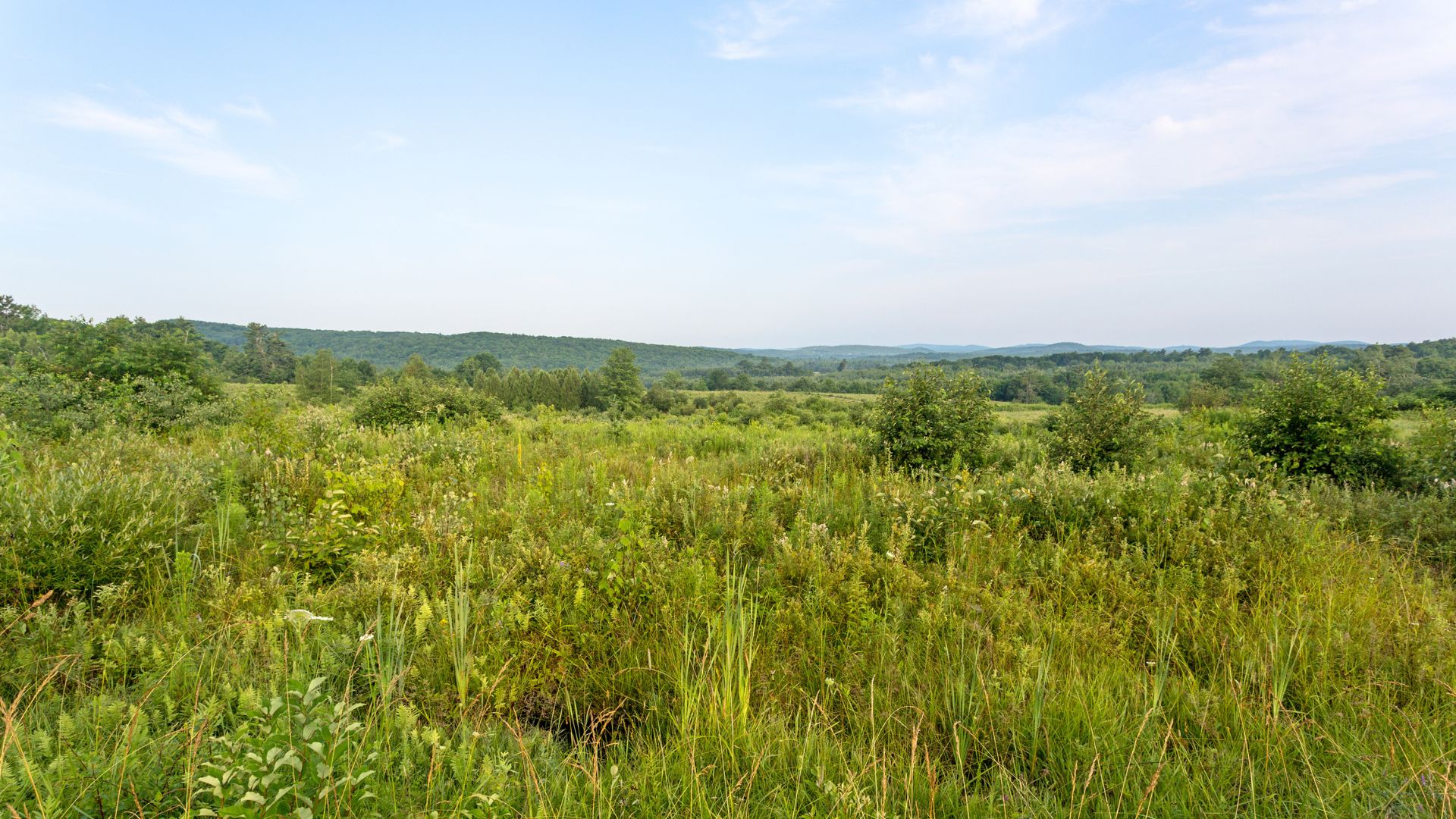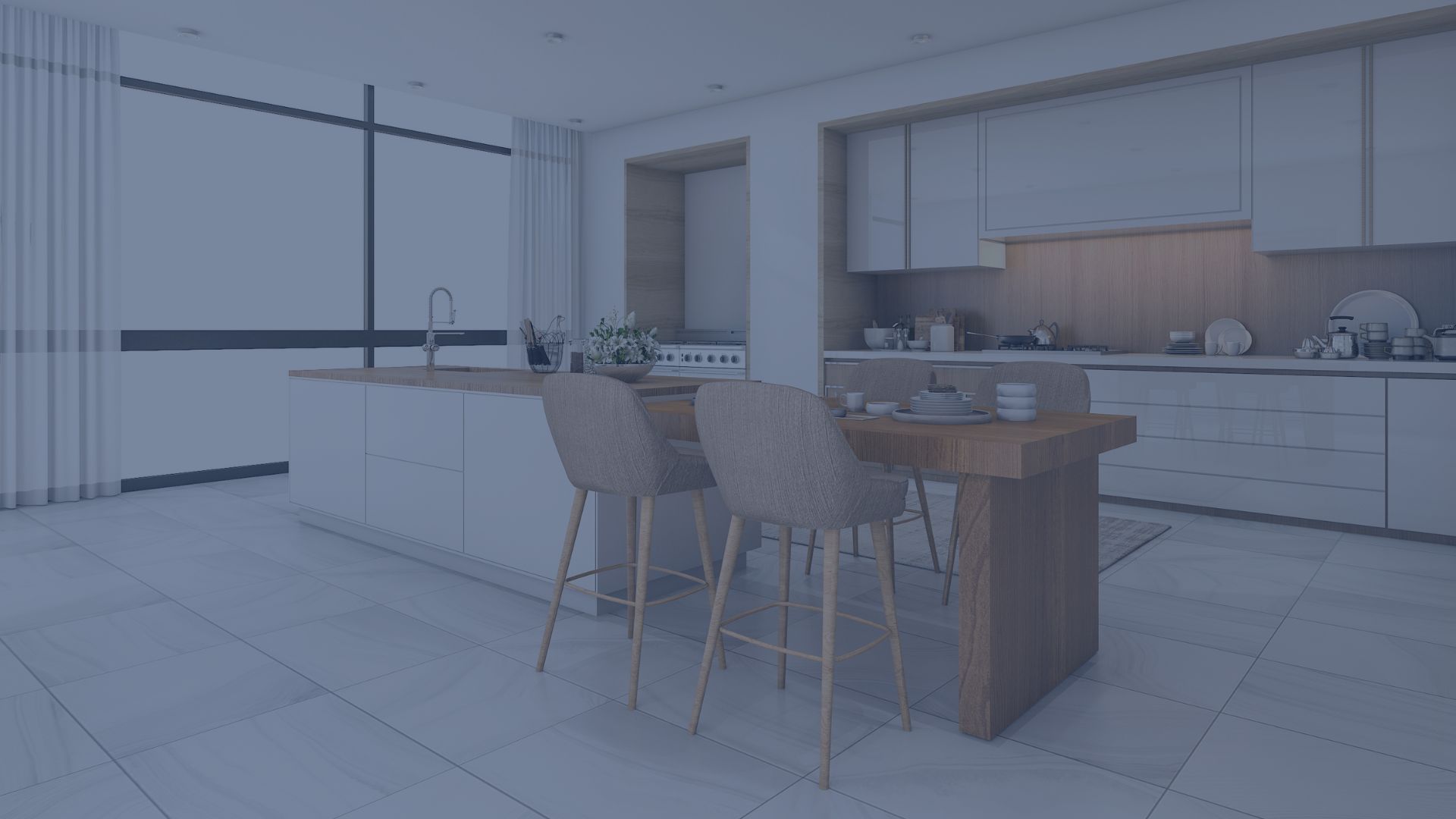Being able to move around in our homes is something that many of us take for granted. Still, for those with physical disabilities, a home can present daily challenges because most houses haven’t been designed in a way that consider their needs. It is becoming more common for homes to be built with physical disabilities in mind, and homeowners are increasingly doing renovation projects to make their homes more comfortable and easier to navigate. The last 50 years have seen tremendous improvement in making homes more accessible for those with physical disabilities.
Types of Physical Disabilities
When you think of a physical disability, you probably picture someone with a wheelchair, a scooter, or using a cane. But this is not the only type of physical disability. Physical disabilities can be separated into several categories:
Physical limitations – This is what most people think of when they hear the term “physical disability.” It includes mobility problems, limited use of hands and feet, and speech difficulties.
Sensory limitations – These disabilities pertain to the use of the senses and include hearing difficulties or deafness and vision difficulties or blindness.
Neurological limitations – Neurological disabilities are those pertaining to the nervous system. They include migraines, epilepsy and seizures, and Tourette’s syndrome.
The Issue of Safety
At a fundamental level, building homes that can accommodate those with physical disabilities is respectful and fair. People with disabilities have the same right to participate in life. With suitable adjustments, people with physical disabilities can live in a house like everyone else.
Making homes accessible is not only a matter of fairness but also a safety issue. Without the proper channels to make houses safe for people with physical disabilities, there are risks to those people and their caregivers. Failing to ensure safe access to a home means that those homes cannot accommodate physical disabilities, making it difficult for those with physical disabilities to find suitable homes.
How Homes are Built to Accommodate Those with Physical Disabilities
Every physical disability is different, so no home will be perfectly accessible when you buy it. Your comfort is paramount, and so it is crucial to take steps to make your home as accommodating for your physical disability as possible. With that being said, there are a number of basic ways that homes are built to accommodate physical disabilities:
Wheelchair ramps – An essential requirement for a home to be accessible to someone with a physical disability is that they have to get inside. This gets difficult if stairs hinder someone in a wheelchair or using a prosthetic. A wheelchair ramp gives a smooth transition from ground level to the door so that residents can comfortably enter their homes.
Walk-in bathtubs and curbless showers – If a home is not already equipped with a walk-in shower, bathing can become an issue for those who are physically disabled. Having the bathroom fitted with a walk-in bathtub or curbless shower makes all the difference in helping those with physical disabilities take care of their hygiene. Make sure the shower is equipped with a bench for sitting and that the shower head is easily reachable.
Stairlift – Stairlifts are becoming more popular with the senior population who are choosing to age in place, so it is not uncommon for homes to include them for easy accessibility between floors. A stair lift is an easy, out-of-the-way item to accommodate physical disabilities and make people feel like they can navigate a home with more than one floor.
Open floor plans – Older homes were built room by room, with hallways and connection areas being small. These homes can be difficult for people with physical disabilities because there is often insufficient space for mobility aids. Modern homes take care of this problem by using open floor plans to accommodate wheelchairs, scooters, and other bulky mobility aides.
There are many ways homes can be built to accommodate physical disabilities, and these are just a few of the more common features. Every physical disability is different, so it is important for those with physical disabilities to advocate for their needs in a home to live as comfortably as those without such difficulties. With some care, we can create a world that is equally accessible by everybody.





